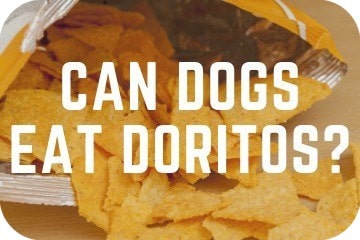
Can dogs eat Doritos? Not really, they are not healthy and have no nutritional benefits to dogs and can cause health issues due to the high salt and fat content. Some flavors of Doritos can contain toxic ingredients, such as chives, garlic, and onion powder, which need to be avoided as they can cause anemia.
What should I do if my dog ate Doritos?
- Check the ingredients, the main toxins to look for are garlic, onion, and chives.
- If these are present, determine the amount eaten and contact your veterinarian or poison helpline. Most of the time, if your dog has only eaten a few, there will not have been enough ingested to cause toxic effects. However, it is always worth consulting with your vet if you are concerned. Results can vary from breed to size, weight, and amount consumed.
- If none of these ingredients are present, the likelihood is that it is not harmful, monitor your dog carefully as they may still experience some gastric upset. If you are concerned about your dog’s behavior, contact the poison helpline or your vet.
Busy? Get Your Hands Paws On The Answers Quickly…
- Common Ingredients and The Benefits and Risks
- Other Risks Of Chips For Dogs
- Alternative Snacks – Are They Safe For Dogs?
- Healthy Dog Treat Recipes
COMMON INGREDIENTS AND THE BENEFITS AND RISKS TO DOGS
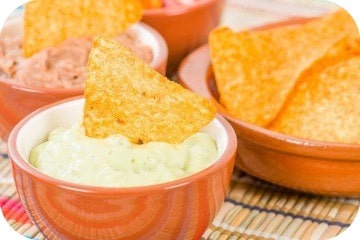
Corn – NOT TOXIC
Corn is safe for dogs and is commonly used in commercial dog foods.
Benefits Of Corn For Dogs:
- Cheap to source
- Source of carbohydrates
Risks Of Corn For Dogs:
- Low nutrients
- Common allergen for dogs
Oil – NOT TOXIC
Vegetable oil is safe for dogs in moderate amounts. However, in excess can be detrimental to health.
Benefits Of Oil For Dogs:
- Improve skin and coat
Risks Of Oil For Dogs:
- Gastric upset, including vomiting and diarrhea
- Weight gain
- Pancreatitis
Salt – NOT TOXIC (but not recommended)
Salt is one of the main ingredients in Doritos. While salt is vital to help regulate your dog’s fluid balance and digestion. They should receive their salt intake from their regular dog food. Added salt is not usually required.
According to tails, a healthy amount of sodium in food is around 0.25g-1.5g per 100g.
However, if your dog suffers from kidney disease, heart problems, or liver issues, you may need to put your dog on a lower salt diet. This can be discussed with your veterinarian, and appropriate alternative dog food can be selected.
If your dog consumes a considerable amount of any salty food and has no way to quench his thirst, he may experience salt poisoning.
Symptoms Of Salt Poisoning Include:
- Extreme thirst
- Frequent urination
- Confusion
- Lack of appetite
- Nausea
- Vomiting
- Diarrhea
- Seizures
- Coma
If your dog has consumed high salt food and is experiencing any of the symptoms above, contact a veterinarian and ensure they have a constant supply of clean and fresh water.
Chili – NOT TOXIC (but not recommended)
Chili isn’t recommended for dogs but isn’t thought to be toxic.
However, it does contain a chemical called capsaicin. Capsaicin is the compound that makes chili spicy. Capsaicin can be irritable to their stomach, causing indigestion, stomach pain, vomiting, and diarrhea.
Most dogs will avoid eating spicy food. This is because they have a very sharp sense of smell. Dogs don’t like the scent of bitter, sour, or spicy food, so they tend to avoid eating it.
However, they do have fewer tastebuds than humans and are therefore less fussy. Your dog might not be able to taste the difference between something plain and something spicy. But, the spicy food could cause gastric upset.
It is best to avoid feeding your dog any spicy food.
Dairy (including milk, butter, cheese) – NOT TOXIC (unless dairy intolerant)
Once weaned from their mother’s milk, dogs no longer need dairy as part of a balanced diet. While this isn’t toxic to dogs, most are unable to digest it. Lactose is one of the leading food intolerances in dogs.
This means any form can cause stomach upset, including vomiting, diarrhea, smelly gas, and stomach pains.
If dairy doesn’t upset your dog’s stomach, you can occasionally feed your dog milk, cheese, or yogurt.
Garlic, Onion (incl powder) and Chives – TOXIC
Many flavors of tortilla chips have these added ingredients to enhance flavor.
All parts of onion and garlic can be harmful to dogs, including powdered varieties.
These flavorings belong to the allium family. The allium family contains n-propyl disulfide. This is toxic to dogs. If a considerable amount is consumed, it can cause anemia.
N-propyl disulfide damages the red blood cell, reducing the amount of oxygen they can carry. It can also cause them to rupture. The compound tricks the cells into thinking they are invaders, destroying them, which results in anemia.
Early Signs Of Anemia Include:
- Pale gums
- Weakness
- Lethargy
- Lack of appetite
- Black stools
If you suspect your dog has eaten a dangerous amount or is showing any unusual activity, including those listed above, contact a veterinarian or poison helpline.
If you’re looking to learn more about the allium family and their effects on dogs, check our article ‘Can Dogs Eat Leeks‘ here.
OTHER RISKS OF CHIPS FOR DOGS
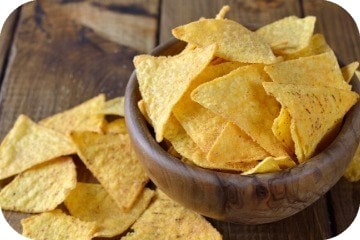
Choking
Due to the shape of Doritos, they could be a choking risk for your dog, especially smaller breeds.
If you choose to feed your dog corn or potato chips, make sure to break it into small pieces to avoid choking.
Suffocation
If your dog gets into the garbage and finds a packet of Doritos, they can end up climbing into the bag and unable to get out. Sadly, it can cause suffocation and, in severe cases, death.
Make sure to keep all packaging out of your dogs’ reach. If your dog is known for getting into the trash, make sure to keep it sealed or the kitchen closed when you not able to supervise them.
Added Dips
If you’re serving your chips with dip, then it is best not to share with your furry friend. Most dips contain toxic ingredients; for example, the avocado in guacamole is not recommended as it contains a toxin. Salsa, sour cream, and hummus also contain toxic ingredients like onions, garlic, and chives. Check out our articles, Can Dogs Eat Sour Cream or Can Dogs Eat Hummus, for more information.
ALTERNATIVE SNACKS – ARE THEY SAFE FOR DOGS?

Can dogs eat Cheetos?
Not really, they are not healthy and contain high levels of salt and fat.
Can dogs eat veggie straws?
Not really, these types of chips are still high in fat and salt. Although they may be slightly healthier than regular chips, they are considered junk food and should not be fed to your dog.
Can dogs eat popcorn?
Yes, if the popcorn is unflavored. Flavored varieties should be avoided as they are not healthy for dogs. Be careful of the unpopped kernels as they can cause choking.
Can dogs eat fries?
Not really, fries are high in salt and fat, both of which are unhealthy for dogs.
Can dogs eat corn chips?
Not really, while corn is safe for dogs, the chips are seasoned with a considerable amount of salt and are high in fat due to being cooked in oil. They are not healthy for dogs.
Can dogs eat pretzels?
Not really, they’re high in salt and fat. Check out our article Can Dogs Eat Pretzels for more information.
ALTERNATIVE TREAT RECIPES
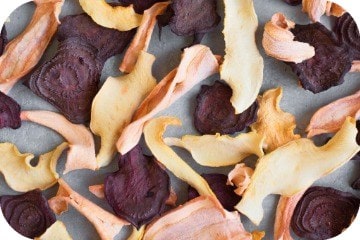
Baked Apple Chips, inspired by My Brown Newfies
Ingredients:
- Apple
- Cinnamon
Directions:
1. Preheat the oven to 200 degrees F (93 degrees C). Line a baking sheet with parchment paper.
2. Wash the apple and remove the core.
3. Slice into thin slices and pat with a kitchen towel to dry the apple.
4. Place the slices onto the baking sheet and bake for 1 hour.
5. Flip the apple and bake for 1 hour further.
6. Turn the oven off and leave the apple inside until the oven and apple is cool.
Natural Sweet Potato Chews, inspired by Happy Money Saver
Ingredients:
- 2 sweet potatoes
Directions:
1. Preheat oven to 250 degrees F (121 degrees C). Line a baking sheet with parchment paper.
2. Wash the sweet potato and slice to 1/4-inch thick.
3. Place the slices on a baking tray and pat the sweet potato dry.
4. Bake for an hour and a half, then turn them over and bake for a further hour and a half.
5. Turn the oven off and leave the sweet potato inside until the oven is cold.
Peanut Butter and Banana Chips, inspired by Kol’s Notes
Ingredients:
- 2 bananas
- 2 tbsp 100% peanut butter
Directions:
1. Preheat the oven to 250 degrees F (121 degrees C). Line a baking sheet with parchment paper.
2. Peel the bananas and slice as thinly as possible and place them in the freezer for 15 minutes.
3. Heat the peanut butter in a microwavable bowl until melted.
4. Place the banana in the peanut butter and toss to coat.
5. Place the banana slices onto the baking sheet.
6. Bake for an hour and a half, then turn them over and bake for a further hour and a half.
7. Turn the oven off and leave inside until the oven is cold.
Pumpkin and Peanut Butter Dog Treats, inspired by Mom Timeout
Ingredients:
- 1 cup 100% pumpkin puree
- 2 eggs
- 1/3 cup 100% peanut butter
- 2 cups whole wheat flour
- 1/2 tsp cinnamon
Directions:
1. Preheat oven to 350 degrees F (176 degrees C). Line a large baking sheet with parchment paper.
2. In a large bowl, combine pumpkin, eggs, and peanut butter. Stir until thoroughly combined.
3. Add in flour and cinnamon. Stir to combine.
4. Lightly flour a flat surface and roll out dough to 1/4-inch and cut into desired treat size.
5. Place the treats onto the baking tray and bake for 20-30 minutes.
6. Allow to cool before serving.
Looking for more pawsome posts? Check these out…
Can Dogs Eat Lettuce?
How To Make A Snuffle Mat
When Do Puppies Lose Their Teeth?
Can Dogs Eat Broccoli?
Can Dogs Eat Watermelon?
Disclaimer: Each dog is different, and every circumstance is different. All efforts have been made to provide accurate information. However, it is not provided by a qualified Veterinarian, Veterinarian Surgeon, or Behaviorist. The information provided is purely educational. The information should not be used as an alternative or substitute for medical care. If you have any health or medical concerns, contact a qualified Veterinary Surgeon or Veterinarian immediately.
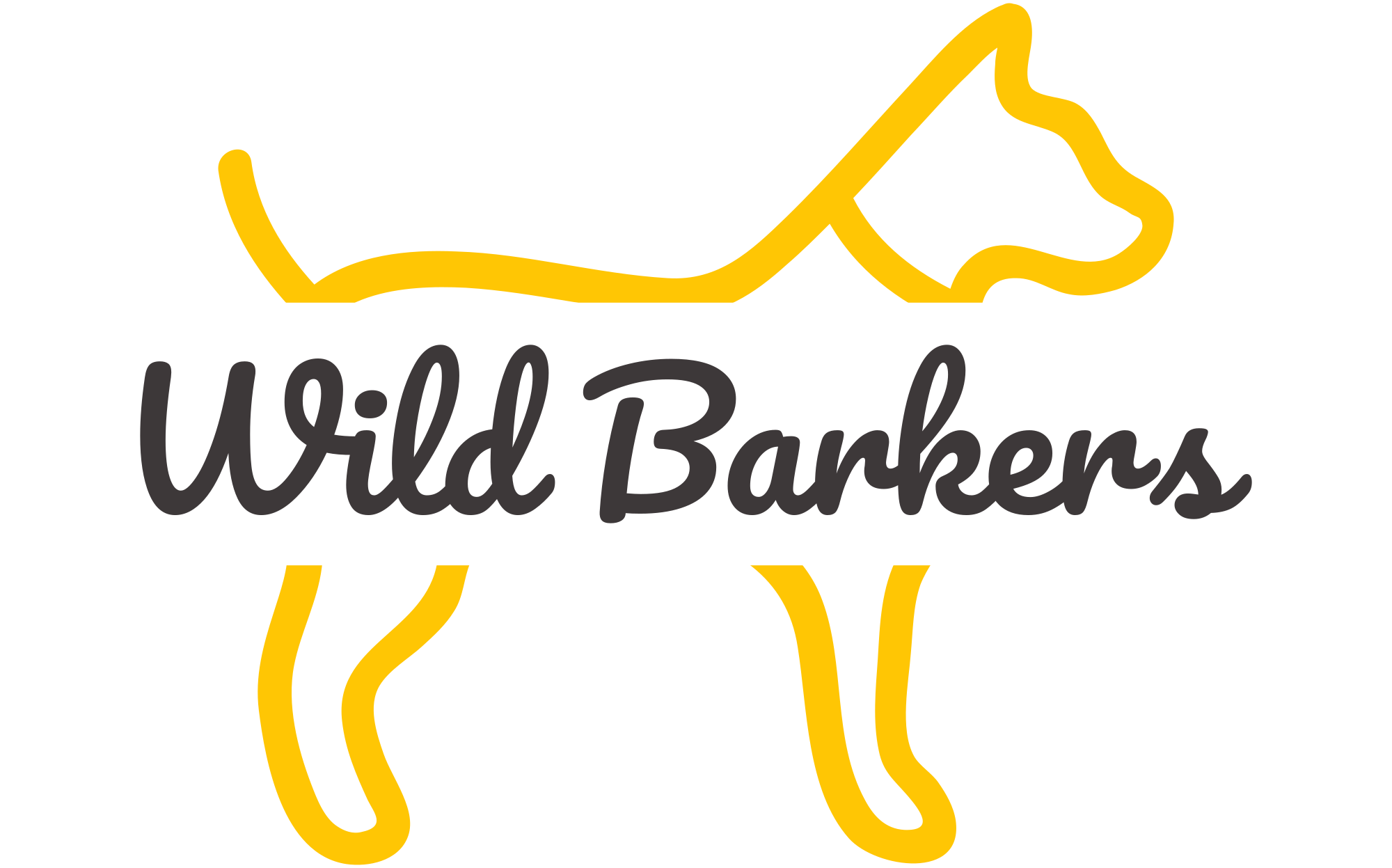




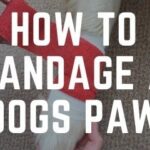



No Comment! Be the first one.